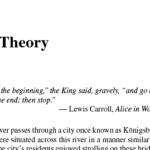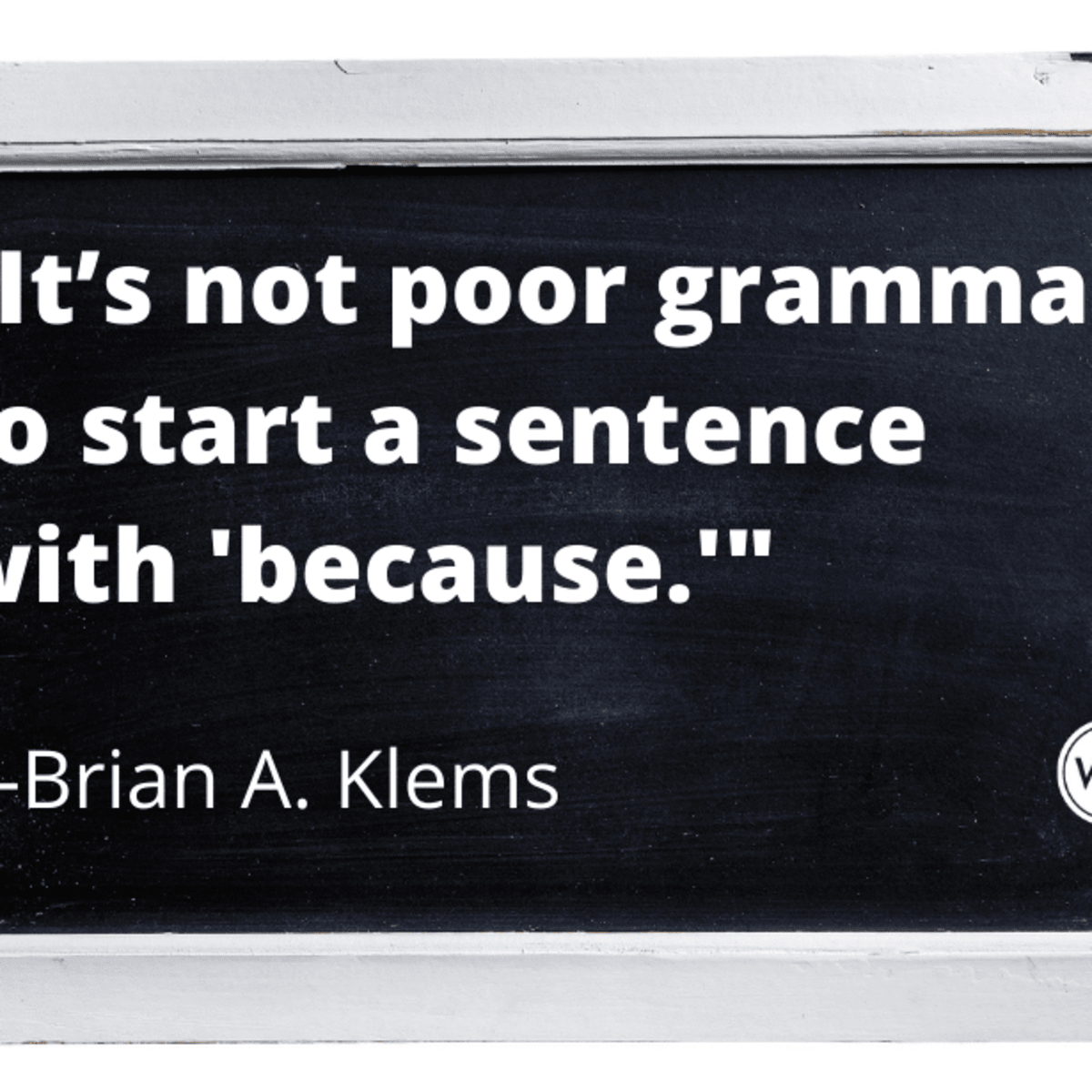Is It Bad To Start An Essay With A Quote
1. Starting an essay with a quote can be quite effective and captivating if used appropriately.
2. Using a relevant and thought-provoking quote can grab the reader’s attention and set the tone for the rest of the essay.
3. Incorporating a quote from a respected figure or a renowned author can add credibility and authority to your own argument.
4. Quotations can provide a unique perspective or insight that can enhance the overall quality of your essay.
5. By using a quote as an opening statement, you can immediately engage your readers and encourage them to continue reading.
6. It is essential to ensure that the chosen quote aligns with the topic and purpose of your essay.
7. A quote should be properly introduced and contextualized within the introductory paragraph for clarity.
8. Avoid lengthy quotes that may overwhelm the reader; concise and impactful quotes are more effective.
9. While starting an essay with a quote can be beneficial, it is crucial to follow it up with strong analysis and interpretation.
10. Quotations should never overpower or substitute for your own original ideas and arguments.
11. Ensure that the quote contributes to developing your thesis statement or main argument.
12. Avoid using cliché or overly common quotes, as they may make your essay appear unoriginal.
13. Quotes should be properly cited and attributed to the original source to avoid plagiarism.
14. Using quotes sparingly throughout your essay can add depth and support to your main points.
15. Be cautious not to rely too heavily on quotes, as the majority of your essay should be composed of your own writing.
16. Make sure to connect the quote back to your overall argument, explaining its relevance in the larger context.
17. Choose quotes that resonate with you personally, as this can help you craft a more passionate and engaging essay.
18. Quotes can be used to provide historical or cultural context and add depth to your analysis.
19. Be mindful of the audience and purpose of your essay when selecting a quote; it should appeal to the specific readers you are targeting.
20. Consider incorporating quotes from multiple sources to present a well-rounded and comprehensive argument.
21. When using a quote as an opening, make sure it acts as a bridge to your own ideas and analysis.
22. Avoid using quotes simply as fillers or to meet a certain word count.
23. Ensure that the quote fits naturally within the flow of your writing and does not disrupt the overall coherence.
24. Take time to choose an impactful and relevant quote that adds value to your essay, rather than randomly selecting one.
25. Consider the tone and style of the essay when determining if a quote is appropriate for the opening.
26. Carefully analyze the meaning and implications of the chosen quote to ensure it aligns with the essay’s objectives.
27. Prioritize clarity and coherence when integrating quotes into your essay; they should enhance understanding, not create confusion.
28. Aim to strike a balance between using quotes and your own original thoughts and analysis.
29. Remember to follow any specific guidelines or restrictions set by your instructor regarding the use of quotes in your essay.
30. Ultimately, whether starting an essay with a quote is “bad” or not depends on how effectively it is utilized, its relevance, and its impact on the overall quality of your writing.
More About Is It Bad To Start An Essay With A Quote
Title: The Art of Captivating Introductions: Debunking the Myth around Starting Essays with Quotes
Introduction:
An opening line has a profound impact on the overall impression an essay leaves on its readers. It serves as a gateway to the writer’s thoughts, setting the tone, and encompassing the essence of the entire piece. Among the various techniques writers employ, starting an essay with a quote has long been a matter of debate.
Many have been told that using a quote as an introduction is inherently frowned upon, with claims suggesting that it exhibits laziness, lack of originality, or worse, academic incompetence. However, in this ever-evolving landscape of writing, where creativity and innovation thrive, it becomes imperative to reevaluate such assumptions and challenge the conventional wisdom that dictates the rules of engagement.
A well-chosen quotation, when used judiciously, can serve as an effective method to captivate readers’ attention, spark curiosity, and establish an instant connection between the writer and their audience. A quote can unlock the door to a realm of intellectual discourse, providing critical context, stirring emotions, or presenting an alternative perspective. When artfully infused into an introduction, it has the power to establish credibility, introduce an argument, or invoke critical thinking.
The detractors of using quotes argue that it shows a lack of originality on the writer’s part. They maintain that diving headfirst into the topic without relying on external voices robs the readers of the unique insights a writer brings to the table. While this perspective holds some merit, it fails to acknowledge the vast possibilities and powerful impact that a carefully selected quote can possess.
By incorporating a quote at the beginning of an essay, a writer can demonstrate their ability to draw upon the wisdom of others and incorporate it seamlessly into their own narrative. This practice showcases not only a writer’s keen sense of discernment but also their capacity for critical analysis and synthesis. Such prowess asserts their position as a knowledgeable authority poised to explore a topic in depth.
Moreover, an apt quote can introduce a complex idea or provide a foundation for the central argument of an essay. It acts as a launching pad, propelling the reader into a world of sound arguments and compelling evidence. With a well-chosen quote, the readers can grasp the significance of the subject matter instantaneously, establishing a strong starting point for subsequent exploration.
Critics also argue that starting an essay with a quote disrupts the seamless flow of ideas and hampers the development of a personal voice. They assert that an essay should embody the unique voice and perspective of its author, with direct quotes only serving as supplemental evidence. However, this viewpoint overlooks the evolving nature of writing, where authors can integrate quotes seamlessly to enhance the overall narrative and enrich the reading experience.
When properly incorporated, quotes can seamlessly merge into the writer’s voice, lending weight and enhancing the credibility of their claims. By skillfully blending one’s own thoughts with the wisdom of others, a writer creates a homogeneous blend of ideas, ultimately strengthening their argument and solidifying their position as astute thinkers and communicators.
In conclusion, the idea that starting an essay with a quote is inherently bad is a misconception perpetuated by those reluctant to embrace the emerging dynamics of creative writing. Quotes, when thoughtfully chosen and strategically placed, possess the potential to captivate readers, introduce complex ideas, and establish a rapport from the very first line. By challenging the stigma associated with opening essays with quotes, we unlock a world of possibilities and welcome a new wave of innovative storytelling and captivating introductions.
Is It Bad To Start An Essay With A Quote FAQs:
Q1: Is it bad to start an essay with a quote?
A1: Starting an essay with a quote is not necessarily bad, as long as it is relevant and sets the tone for your essay. However, it’s important to ensure that the quote adds value and supports your arguments.
Q2: How can a quote be relevant in the introduction of an essay?
A2: A quote can be relevant if it introduces the topic, captures the reader’s attention, or provides a unique perspective that relates directly to the essay’s theme or thesis statement.
Q3: Are there any risks associated with starting an essay with a quote?
A3: One risk is that using a quote as the introduction may make it seem like you are relying solely on someone else’s words instead of presenting your own ideas. Be sure to balance the use of quotes with your original thoughts to avoid this pitfall.
Q4: Can any quote be used to start an essay?
A4: No, it is best to choose a quote that is reputable and reliable. Using a quote from a well-known author, expert, or historical figure adds credibility to your essay.
Q5: How should I introduce a quote in an essay?
A5: Introduce the quote by providing context and explaining its relevance to your topic. This helps the reader understand why the quote is important and how it connects to your discussion.
Q6: Should the quote be italicized or enclosed in quotation marks?
A6: Depending on the citation style you are using, the quote may need to be enclosed in quotation marks or italicized. Make sure to follow the formatting guidelines specified by your teacher or professor.
Q7: Can I start an essay with a quote from a fictional character?
A7: Yes, a quote from a fictional character can be effective, as long as it aligns with your essay’s theme or supports your arguments. Just be cautious not to exceed the intended word limit when including lengthy fictional quotes.
Q8: How many quotes should I include in an essay?
A8: It is better to focus on quality rather than quantity. Include only the quotes that are most relevant and impactful to your essay’s content. Overusing quotes may dilute the originality of your work.
Q9: Should I explain the quote’s meaning after using it in my essay?
A9: Yes, it is essential to analyze and explain the meaning of the quote after using it. This demonstrates your understanding and critical thinking skills, ensuring that the quote enhances your arguments.
Q10: Can I modify a quote to better fit my essay?
A10: While it is generally preferable to use quotes verbatim, slight modifications for clarity or conciseness may be acceptable. However, make sure the modified quote accurately represents the original meaning and properly attribute it to the original author.

















